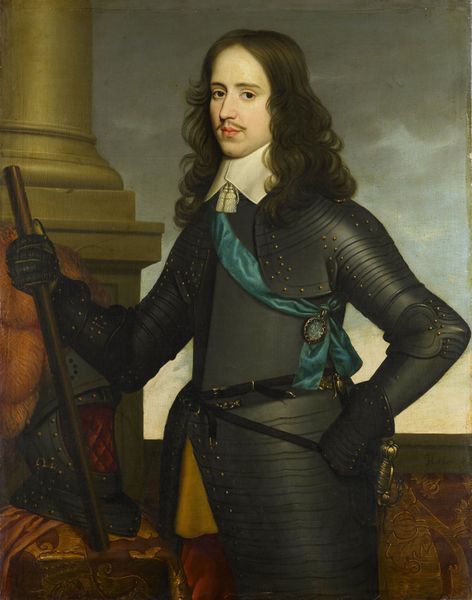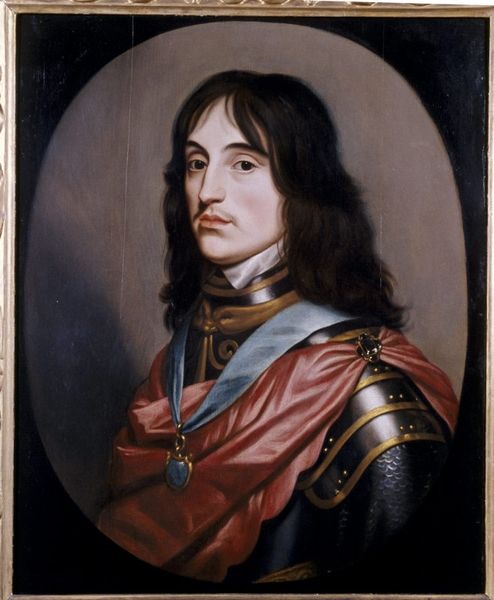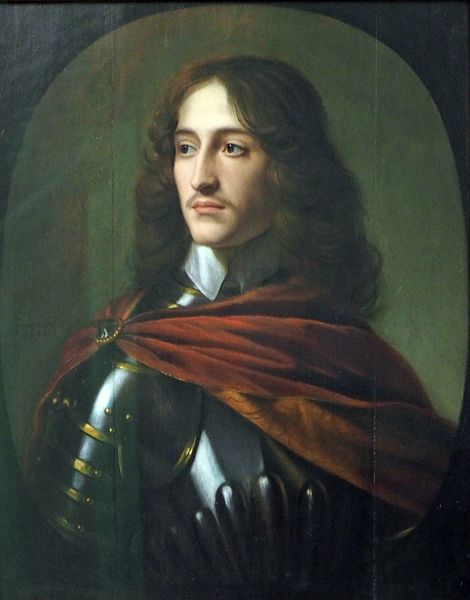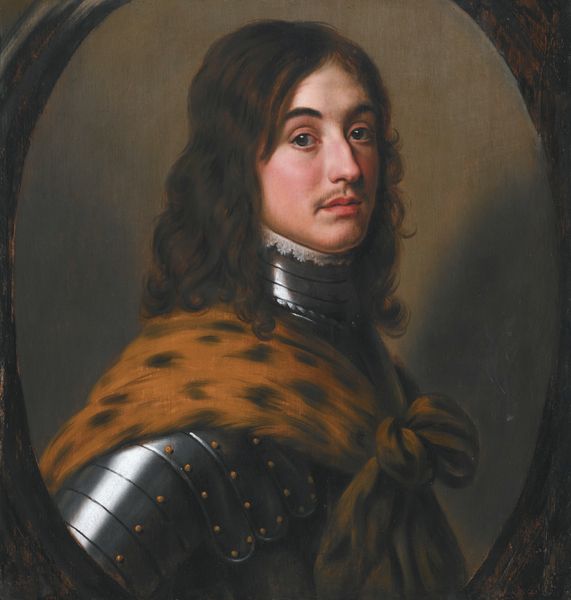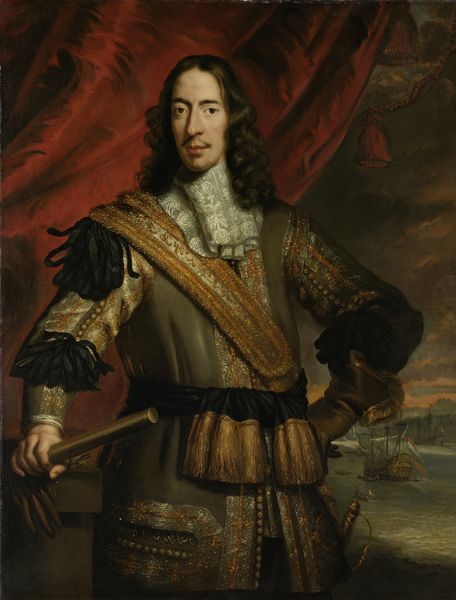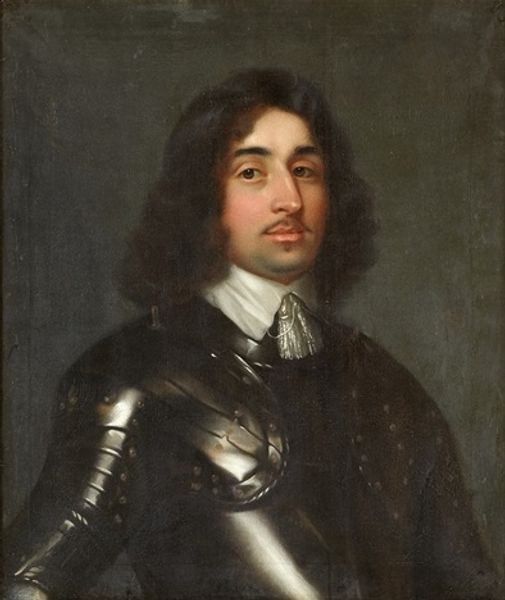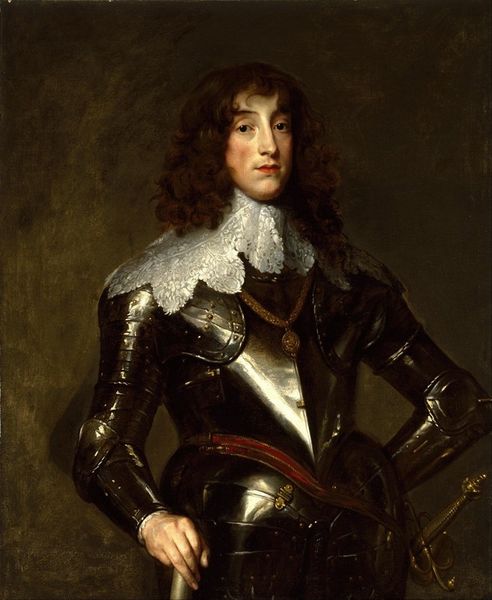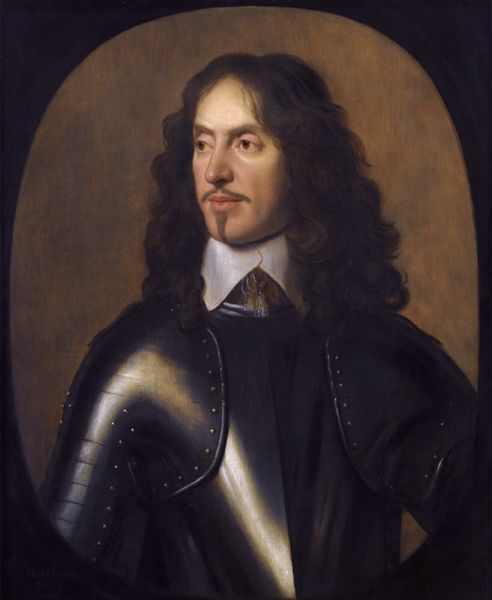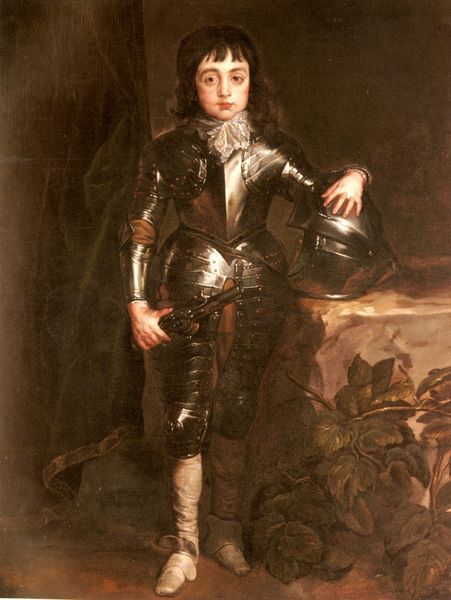
painting, oil-paint
#
portrait
#
baroque
#
painting
#
oil-paint
#
figuration
#
history-painting
Copyright: Public domain
Gerard van Honthorst painted this portrait of Charles II of England in armour, but the exact date remains unknown. The composition is structured around a clear vertical axis, with Charles positioned centrally, dividing the canvas into balanced halves. The stark contrast between the rich, warm tones of the drapery and the cool, metallic sheen of the armour immediately draws the eye. This juxtaposition isn't just aesthetic; it’s a play on textures and meanings. The soft, flowing fabric suggests luxury and courtly life, while the rigid armour speaks of duty, power, and the expectations placed upon a monarch. The placement of Charles within this framework isn't accidental. By presenting Charles as both a figure of opulence and a symbol of military strength, Honthorst crafts a statement about the dual nature of kingship. This portrait engages with a long tradition of representing rulers, but it also subtly destabilizes the straightforward association of armour with martial prowess alone. The enduring appeal of this painting lies in its ability to invite ongoing contemplation. The formal elements work together to suggest that power is always a complex interplay of image, duty, and expectation.
Comments
No comments
Be the first to comment and join the conversation on the ultimate creative platform.
